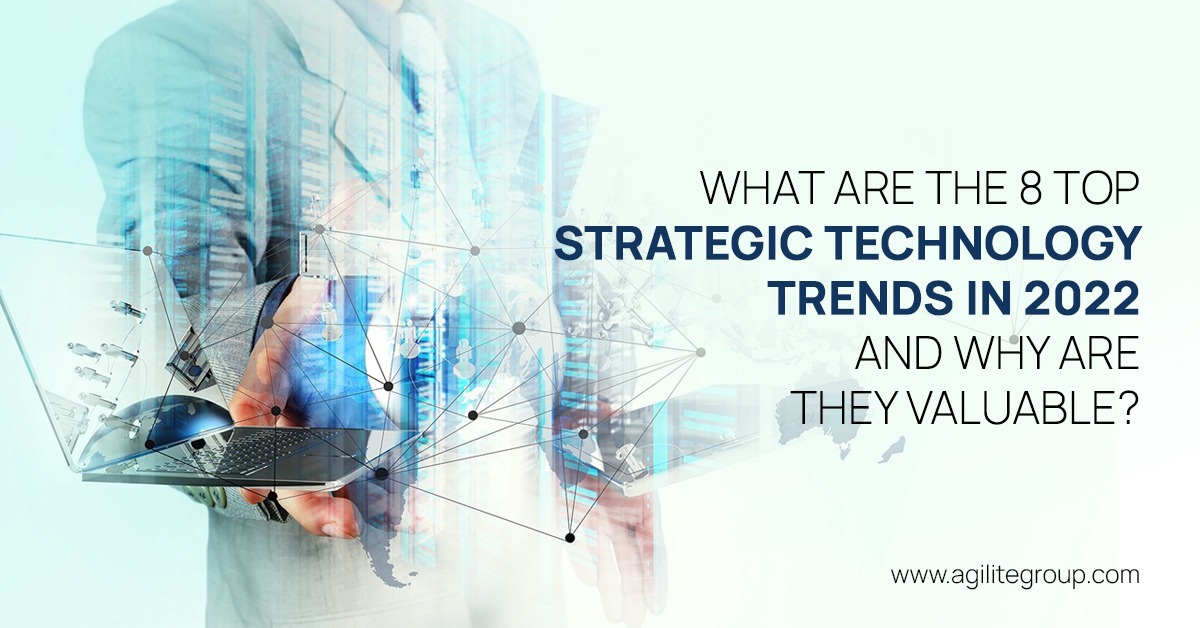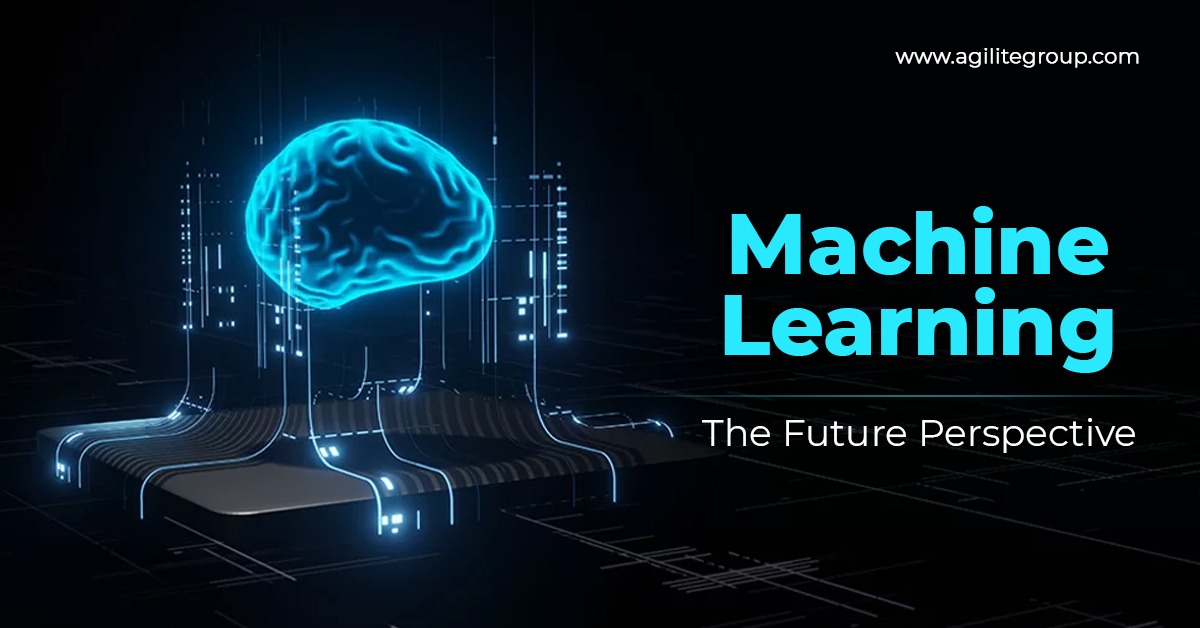Technology is the future of everything, and it continues to astound people with how quickly it advances and develops across all aspects of our society.
Some of the top strategic technology trends for 2022 are as follows:
- Cybersecurity mesh: Cybersecurity mesh is a flexible, composable architecture that integrates widely distributed and disparate security services. By 2024, companies that employ a CSMA (cybersecurity mesh architecture) to integrate security solutions into a cooperative ecosystem will have reduced the economic impact of individual security events by 90% on average.
- Data fabric architecture: design concept that serves as an integrated layer (fabric) of data and connecting processes. The true value of data fabric is its ability to employ built-in analytics to dynamically reduce data consumption, lowering data management efforts by up to 70% and accelerating time to value.
- Autonomic systems: Autonomic systems are self-managed physical or software systems that learn from their environments and dynamically modify their own algorithms in real time to optimize their behavior in complex ecosystems.
- Generative AI: Generative AI is one of the most obvious and powerful AI tactics that learn about the content or things from their data and use it to build brand-new, unique, realistic artefacts. Gartner predicts that generative AI will account for 10% of all data produced by 2025, up from less than 1% currently.
- Decision Intelligence: Decision intelligence is a practical field concerned with fully understanding and engineering how decisions are made, as well as how outcomes are evaluated, regulated, and improved through feedback. According to Gartner, in the next two years, a third of large companies will employ decision intelligence for structured decision-making to improve their competitive edge.
- Hyper automation: a disciplined, business-driven approach to rapidly identify, vet and automate as many businesses and IT processes as possible. According to Gartner, hyper-automation teams should prioritise quality, speed, and improved decision-making.
- Distributed Enterprises: Digital enterprise is where digital transformation meets edge computing. Distributed enterprises better serve the needs of remote employees and consumers who are driving demand for hybrid work space and virtual services.
- Total Experience (TX): Business strategy that integrates employee experience (EX), customer experience (CX), user experience (UX), and multi-experience (MX) are all aspect of the total experience (TX). Businesses will benefit from adaptive and resilient TX business outcomes, which will increase sales and profits.
The top strategic technology trends for CIOs and IT executives will develop digital capabilities and generate success by tackling common business challenges. They provide a blueprint for differentiating your company from competitors, achieving business goals, and establishing CIOs and IT executives as strategic partners. The Gartner Special Report “Top Strategic Technology Trends for 2022,” which is available to Gartner clients, contains more details.






